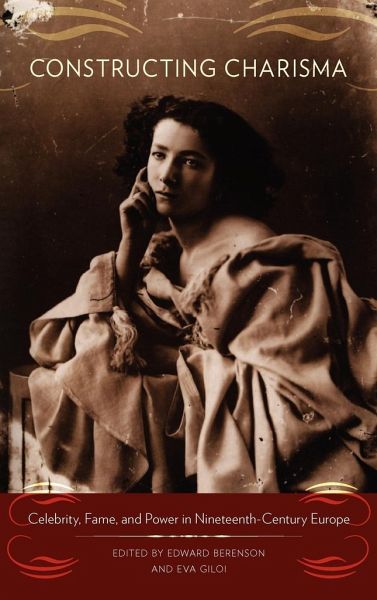
Constructing Charisma
Celebrity, Fame, and Power in Nineteenth-Century Europe
Herausgeber: Berenson, Edward; Giloi, Eva
Versandkostenfrei!
Versandfertig in 1-2 Wochen
131,99 €
inkl. MwSt.

PAYBACK Punkte
66 °P sammeln!
Examines the origins and nature of modern mass media and the culture of celebrity and fame they helped to create Presents multidisciplinary approach: history, art history, literature, sociology Focuses on arts celebrities (Sarah Bernhardt, Byron and Liszt); charismatic political figures (Napoleon and Wilhelm II); famous explorers (Stanley and Brazza); and celebrated fictional characters (Cyrano de Bergerac).












